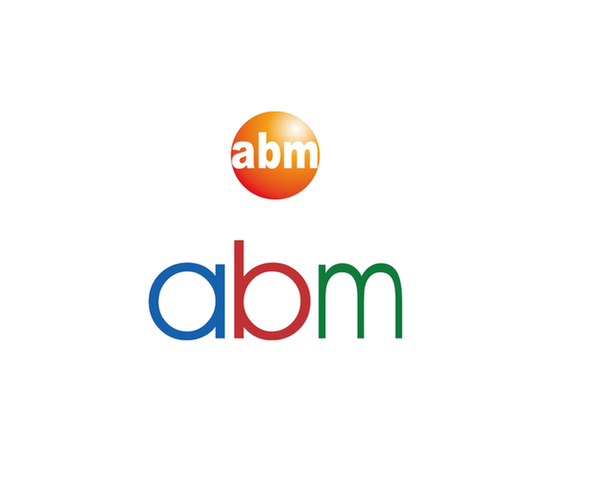abm immortalized cells
Immortalized Mouse Cerebellar Capillary Endothelial Cells (cerebEND) | T0291
- SKU:
- T0291
- Availability:
- 5 to 7 Days Shipment
Description
abm | Immortalized Mouse Cerebellar Capillary Endothelial Cells (cerebEND) | T0291
Immortalization Method:
Transformation with oncoprotein of murine Polyomavirus, Polyoma middle T antigen (PymT)
BioSafety Level:
II
Organism:
Neonatal mouse (WT 129 Sv strain)
Species:
Mouse
Source Organ:
Cerebellar cortex
Organ Type:
Brain
Growth Properties:
Adherent
Morphology:
Spindle shaped
Passage Number:
N/A
Population Doubling:
N/A
Seeding Density:
Recommended split ratio: no greater than 1:4
Markers:
Claudin-5, Occuldin, Glut-1, VE-Cadherin
Donor Age:
N/A
Donor Gender:
N/A
Donor Ethnicity:
N/A
Propagation:
The base medium for this cell line is Prigrow III medium available at abm . To make the completed growth medium, add the following components to the base medium: heat-inactivated fetal bovine serum to final concentration of 10% and Penicillin/Streptomycin Solution to a final concentration of 1% Carbon dioxide (CO2): 5%, Temperature: 37.0°C. The Differentiation Medium is composed of 2% heat-inactivated fetal bovine serum instead of 10%. Culturing cerebEND cells in serum-reduced medium will lead to an increase in TER as well as change in cell morphology (from spindle-shaped to cobble-stone like). TER can be further increased by the addition of 110nM hydrocortisone and/or 1µM insulin into the differentiation medium.
Quality Control:
1) Endothelial marker VE-Cadherin and PECAM-1 assessed by immunostainning; 2) Tight junction protein Claudin-5 assessed by immunostainning and claudin-1, -3 and -12 detected in mRNA levels; 2) BBB marker protein Glut-1 and tight junction-associated protein occludin measured by western blot analysis. The cell line's response to pro-inflammatory stimuli was measured by 1) TER, 2) western blot and 3) gene expression analysis using RT-PCR.
Shipping Condition:
Dry Ice
Storage Condition:
liquid nitrogen or -180C






